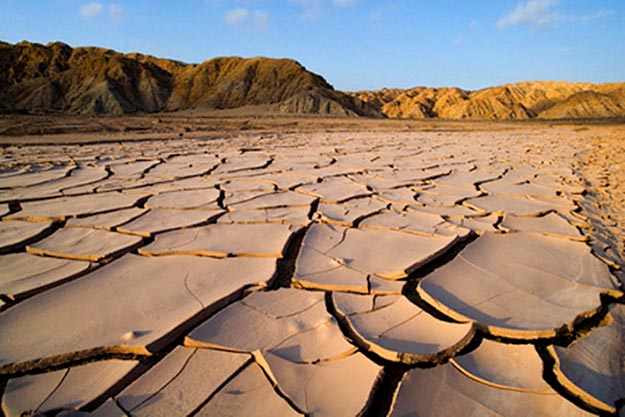A drought is a period of drier-than-normal conditions that results in water-related problems. When no rain or only a very small amount of rain falls, soils can dry out and plants can die.
When rainfall is less than normal for several weeks, months, or years, the flow of streams and rivers declines, water levels in lakes and reservoirs fall, and the depth to water in wells increases. If dry weather persists and water-supply problems develop, the dry period can become a drought.
How important is groundwater?
Groundwater, which is found in aquifers below the surface of the Earth, is one of the Nation’s most important natural resources. Groundwater is the source of about 38 percent of the water that county and city water departments supply to households and businesses (public supply). It provides drinking water for more than 97 percent of the rural population who do not get their water delivered to them from a county/city water department or private water company.
How does the water level in my well change?
The water level in the aquifer that supplies a well does not always stay the same. Droughts, seasonal variations in rainfall, and pumping affect the height of the underground water levels. If a well is pumped at a faster rate than the aquifer around it is recharged by precipitation or other underground flow, then water levels in the well can be lowered. This can happen during drought, due to the extreme deficit of rain. The water level in a well can also be lowered if other wells near it are withdrawing too much water.
What determines if a well will go dry?
A well is said to have gone dry when water levels drop below a pump intake. This does not mean that a dry well will never have water in it again, as the water level may come back through time as recharge increases. The water level in a well depends on a number of things, such as the depth of the well, the type (confined or unconfined) of aquifer the well taps, the amount of pumping that occurs in this aquifer, and the amount of recharge occurring. Wells screened in unconfined water table aquifers are more directly influenced by the lack of rain than those screened in deeper confined aquifers. A deep well in a confined aquifer in an area with minimal pumping is less likely to go dry than a shallow, water-table well.
How do I find out if my well will go dry?
Wells screened in unconfined water table aquifers are more directly influenced by the lack of rain than those screened in deeper confined aquifers. This means that it may be more likely for the water level in wells screened in the water table to drop below the pump level and prevent water from being obtained. This does not mean that wells in a confined aquifer will not go dry, as they are also influenced by pumping rates and lack of recharge.
I paid to have my own private water well installed, so why can’t I use the water any way I want to?
If you own a water-table well and you pump excessive amounts of water from your well, there is a danger of your well going dry as consumption continues and ground-water levels fall. Since aquifers can be quite extensive, the usage of your well can influence other people miles away. Groundwater that supplies your well also feeds streams during periods of low flow, so pumping from your well may also cause the water levels in streams to be lower. You can view a map of the regional aquifer systems from the USGS Ground Water Atlas of the United States. More information on aquifers may be found in the USGS Groundwater Web site.
Source: http://ga.water.usgs.gov/edu/


